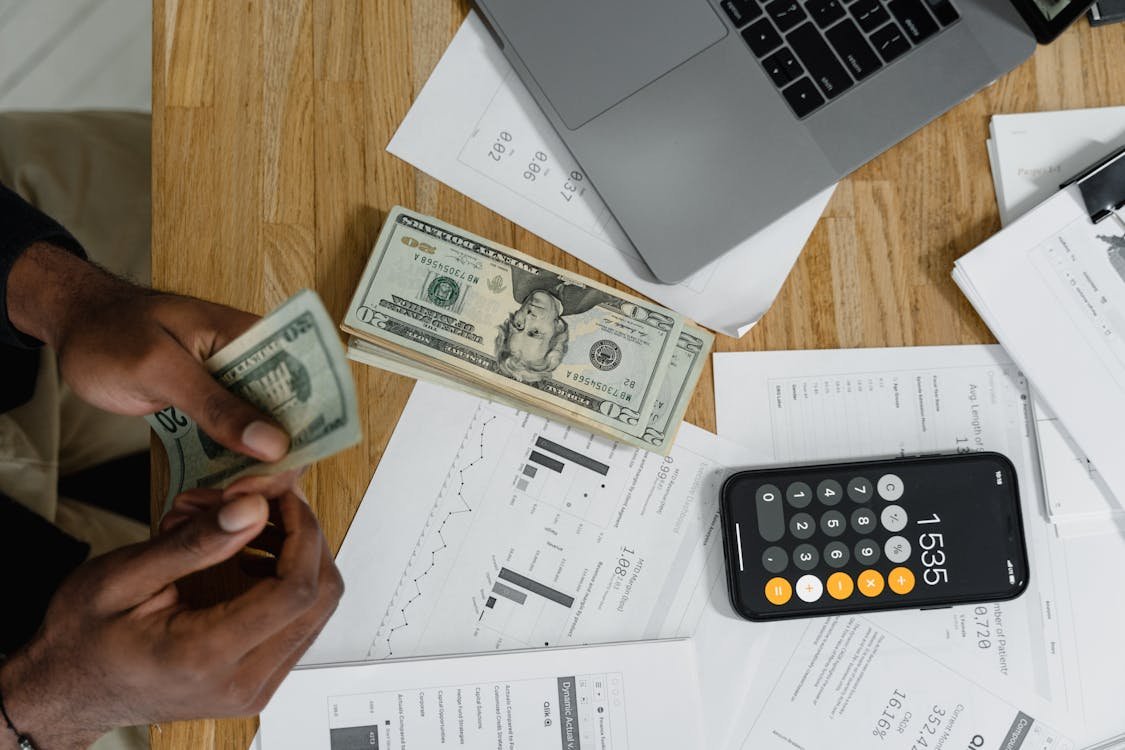Should You Revisit Your Emergency Fund in 2025?
70 percent of households didn’t increase their savings between 2023 and 2024, according to Bankrate’s emergency savings report. (1)
Kashable also reported that 81% of their State of Consumer Finance Report survey respondents had no emergency savings. (2)
With the ongoing rise in the cost of living, some may have found themselves dipping into their emergency funds to keep up with day-to-day expenses.
Having sufficient savings to help cover three to six months’ worth of living costs, can help provide financial stability during unexpected situations, such as medical bills, car repairs, or a job loss.
What is an Emergency Fund?
An emergency fund is money set aside specifically to cover unforeseen expenses. It serves as a financial safety net during unexpected situations, like emergency home repairs, sudden medical costs, or the loss of a loved one. (3)
If you’re ever faced with a sudden job loss, an emergency fund should ideally cover several months’ worth of living expenses, including essential costs such as rent or mortgage payments, utilities, food, insurance premiums, and transportation. (3)
A sufficient emergency fund could help you avoid relying on loans or accumulating high-interest credit card debt.
And while it’s recommended to save at least three to six months of household expenses for emergencies (3), depending on your situation, especially if you are freelancing or having a seasonal job, you may want to aim for a larger amount. (4)
If you were to lose your job, your emergency fund could help cover basic living costs while you look for a new position or supplement unemployment benefits. (4)
Getting Back on Track with Your Emergency Fund
To rebuild or strengthen your emergency fund, start by reviewing your monthly income and expenses. Creating a budget, cutting unnecessary expenses, automating your savings, and finding ways to increase your income can help you gradually build your fund. (4)
Open a Dedicated Savings Account
One of the best ways to ensure you don’t accidentally spend your emergency fund is to keep it in a separate savings account. Choose a high-yield savings account to help your savings grow faster over time. (5)
However, keep in mind that your emergency fund is meant for emergencies. It should be easy to access when you need it, so consider avoiding placing it in an investment that may be hard to liquidate or transfer funds from quickly. (5)
When saving, it’s important to keep your emergency savings separate from other financial goals. Once you’ve built up a sufficient emergency fund, consider starting a separate savings account for non-emergency, but recurring expenses like car maintenance or clothing. If you are struggling to stay organized, you could consider opening multiple savings accounts to help manage your goals more effectively. (4)
Article Sources:
(1) Gillespie, Lane. “Bankrate’s 2024 Annual Emergency Savings Report.” Bankrate, June 20, 2024.
(2) “The State of Consumer Finance Report.” Kashable, June-July 2024.
(3) Bennett, Karen. “How to rebuild your emergency savings.” Bankrate, December 14, 2023.
(4) Burnette, Margarette. “Emergency Fund: What It Is and Why It Matters.” Nerd Wallet, February 8, 2024.
(5) Beck, Laura. “Over 80% of Americans Do Not Have Any Emergency Savings — How To Save $5,000 in 2025.” Yahoo Finance, December 26, 2024.

